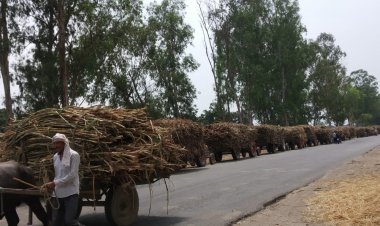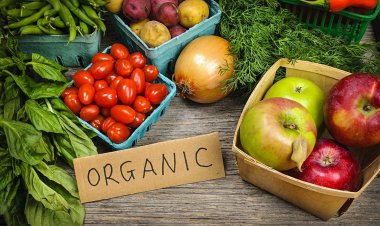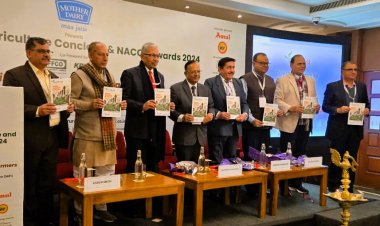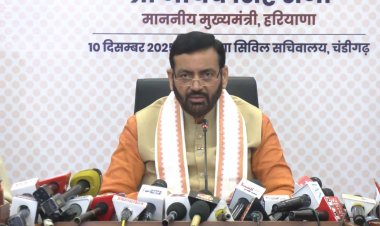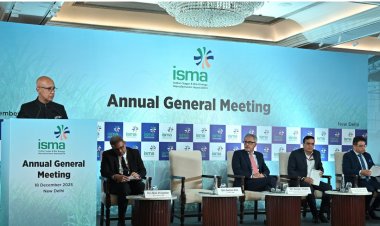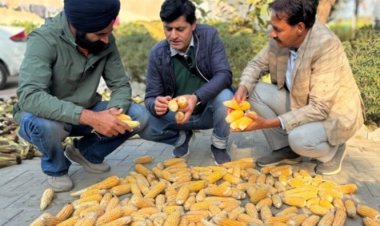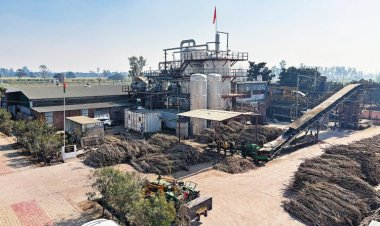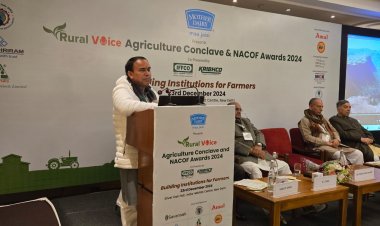Sugarcane prices in jaggery units in Uttar Pradesh, the country's largest sugar producer, have surpassed the price at sugar mills. This has directly affected the sugarcane supply to the sugar mills. Three months have passed since the current crushing season (October 2023 to September 2024) began, but the State Government has yet to declare the price of sugarcane (State Advised Price). The state's jaggery and sugarcane industry is benefiting from this.
Crusher operators are buying sugarcane from farmers at prices equal to or higher than those of sugar mills. In western UP, many crusher operators are offering sugarcane prices ranging from Rs 350 to Rs 380 per quintal while sugar mills pay SAP at the rate of Rs 350 per quintal. This year, the yield of sugarcane has declined due to diseases. This has also led to increased competition between sugar mills and crusher operators over sugarcane procurement.
KP Singh, founder of Hans Heritage Jaggery, a state-of-the-art gur plant near Oon in Shamli district, told Rural Voice that he was offering sugarcane prices as high as Rs 350 per quintal. In Bijnor district, the price of sugarcane is around Rs 380 per quintal. The sugarcane crop is weak this year. Productivity has been affected by up to 10 per cent. Sugarcane crop has suffered more in areas where red rot disease is more affected.
Jaggery prices rose by Rs 200 per quintal to around Rs 3,700 on reports of decline in sugarcane production. Since KP Singh's Hans Heritage Jaggeries is automated, he is getting a recovery of more than 15 per cent while normal crushers are achieving up to 13 per cent. In such a situation, if the government does not increase the SAP of sugarcane, there will be competition between the sugar mills and the gur industry over prices. Farmers may reduce supply to sugar mills due to cash payment in Jaggery and Khandsari units.
Nischay Malik, director of Frayer Foods Pvt Ltd at Fugana in Muzaffarnagar, told Rural Voice that the rate of sugarcane at the crusher is around Rs 340 to Rs 360 per quintal. In Purkaji area of the district, prices are running at Rs 375 per quintal. Sugarcane crop has been severely damaged in flood-affected areas of western UP. That has also affected the supply of sugarcane.
Sandeep Chaudhary, a sugarcane farmer from Badhedi village in Muzaffarnagar district, says that every year the price of sugarcane in the gur units was much lower than that of the sugar mills, and farmers were forced to supply sugarcane to sugar mills.
But this year the situation is different. This year, it is the gur units that are paying farmers as much or more than the sugar mills. Farmers expect sugarcane prices to rise by at least Rs 25-30 this year. Therefore, many farmers prefer to supply sugarcane to the sugar mills despite the high price on gur units. But, on the other hand, many farmers are giving supplies to crushers because of immediate payment.
Hemraj Singh of Muzaffarnagar, who is involved in the jaggery business, says the demand for jaggery has increased since the outbreak of COVID-19
Jaggery is also becoming part of people's diet in cities. The state's jaggery and khandsari industry is benefiting from the growing demand for jaggery and the non-increase in sugarcane prices at sugar mills. The average price of gur in Muzaffarnagar mandi is Rs 3,700 per quintal, while in the retail market, jaggery is selling between Rs 50 and Rs 60 per kg.
Even if the price of sugarcane is Rs 350 per quintal, the crushers are in a profitable position as a quintal of sugarcane produces about 12-15 kg of jaggery. Thus, even by buying sugarcane at relatively high prices, jaggery is a profitable deal for the crusher operators.
A weak monsoon this year led to low rainfall in Maharashtra and Karnataka, affecting sugarcane production in these states.
According to the National Federation of Cooperative Sugar Factories (NFCSF), the country's total sugar production in the crushing season 2023-24 is estimated at 30.5 million tonnes, about 2.6 million tonnes less than the 330.90 lakh tonnes produced in the 2022-23 season. Sugar production during the first three months (October to December) of the current crushing season 2023-24 declined by 7.7 per cent to 11.2 million tonnes.
Despite forecasts of decline in sugar production, the SAP of sugarcane in Uttar Pradesh remained unchanged at Rs 350 per quintal. The state government has not yet fixed the SAP of sugarcane for the current crushing season 2023-24.
In such a situation, crusher operators are buying sugarcane from farmers at prices equal to or higher than those of sugar mills. If the state government had raised the price of sugarcane even before the season started, the crusher operators would have had to raise rates too or it would have been difficult for them to get sugarcane.
The sugar, jaggery, and khandsari industries understand that there is a shortage of sugarcane this year and prices will rise. In such a situation, it will be a challenge for the sugar mills to maintain the levels of sugarcane supply of the past years.
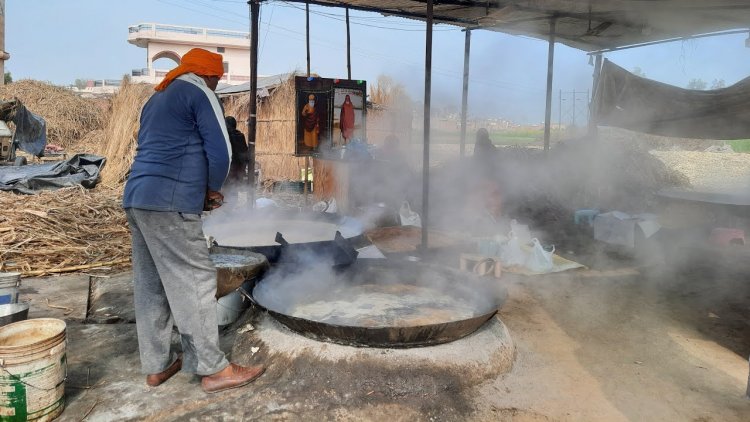



 Join the RuralVoice whatsapp group
Join the RuralVoice whatsapp group

















